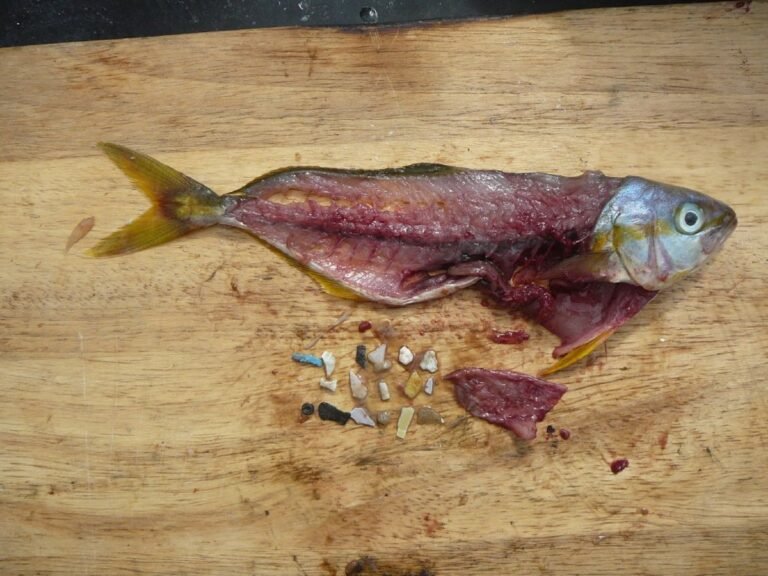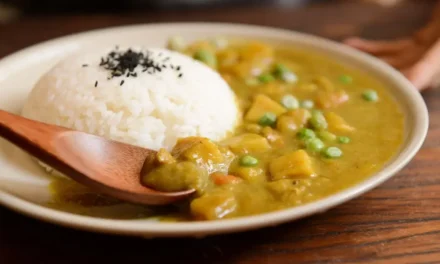Now days, everywhere that you look, you can find at least one product that is related to plastic in some way. Plastic is made from toxic chemicals that are harmful for both environment and our health and can cause damages which will take many years to repair (Hopefully!).
When large plastic materials such as water bottles and single use shopping bags break down into small pieces, they form new type of plastic called micro plastic.
Any plastic that lengths less than 5mm counts as Micro plastic.
Micro plastic pollution is a growing issue in the world today.
Most of our oceans, lakes or even rivers are getting polluted by micro plastic every day and it’s affecting our marine life more and more each day. According to UN, Each year, more than eight million metric tonnes of plastic end up in oceans, wreaking havoc on marine wildlife, fisheries and tourism, and cost at least $8 billion in damage to marine ecosystems.
Marine life and micro plastic
From the sea bacteria to whales, almost every creature in water ingests micro plastic and it’s growing every year. Based on an article by global change biology, the rate of plastic consumption by marine fish has doubled in the last decade and is increasing by more than 2% a year.
It’s not just the small fish
Based on a new research done by SFU (simon fraser university), even whales are ingesting up to 145,000 pieces of micro and nano plastic each year through their prey.
Rhiannon Moore, lead scientist of the study says:
‘The results of these studies just further point to the reality that microplastics don’t stay in one place. They move through the air, the water, they’re in sediment and now we understand they’re moving through the food chain.’
We are eating plastic along with the fish

Since micro plastics are so small, they also go unnoticed by humans until they’ve contaminated our food chain. According to wwf , A new study finds on average people could be ingesting approximately 5 grams of plastic every week, which is the equivalent weight of a credit card. Based on a study carried out by the University of Newcastle, the analysis suggests that people are consuming about 100,000 tiny pieces of plastic – or 250 grams – every year.
is “No plastic” possible ?
By producing too much plastic that we cannot handle, we are just making it easier for this harmful chemical product to get into our bodies easier. That’s why we believe number one priority for businesses and startups should be achieving financial goals without using plastic and harming the environment. if we produce less, we can handle it better and slow down the pace of plastic pollution. But if we continue producing at the same speed, aside from destroying the environment, more plastic will find their way into our stomachs. According to estimates by UN, by 2050, oceans will have more plastic than fish if we continue this trend.
Sources :
WHO
UN
WWF
forbes
therevelator.org
Photo : erik forsberg

Nature has always been my thing since I was a kid. I grew up surrounded by it, and it made me care deeply about keeping it safe. After studying Environmental Science and Journalism, I set out to uncover the big stories about what’s happening to our environment.










